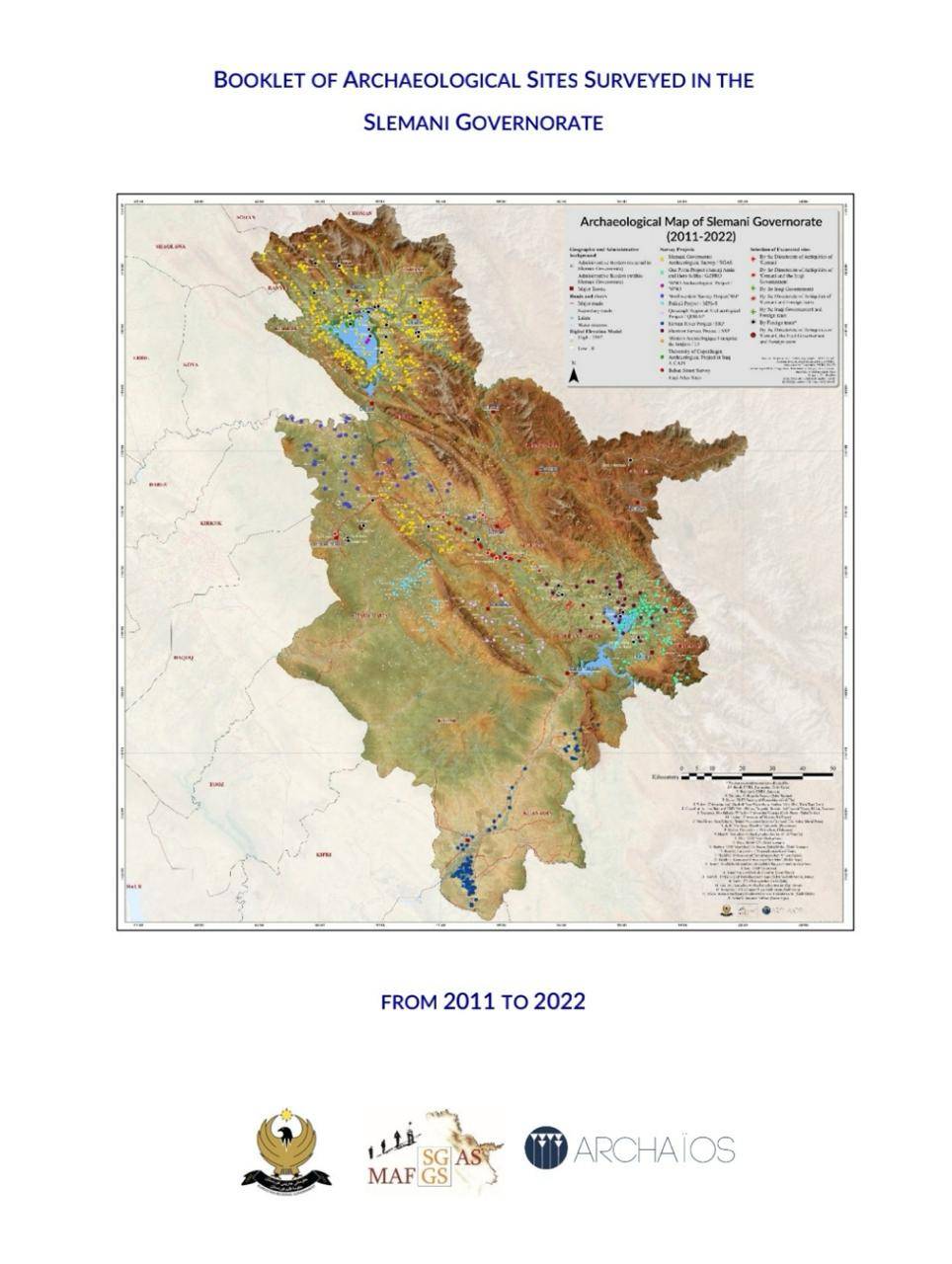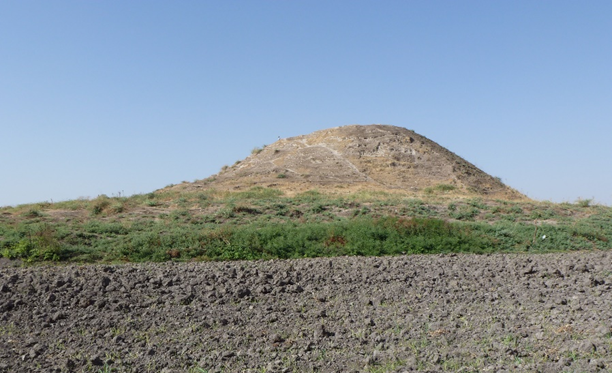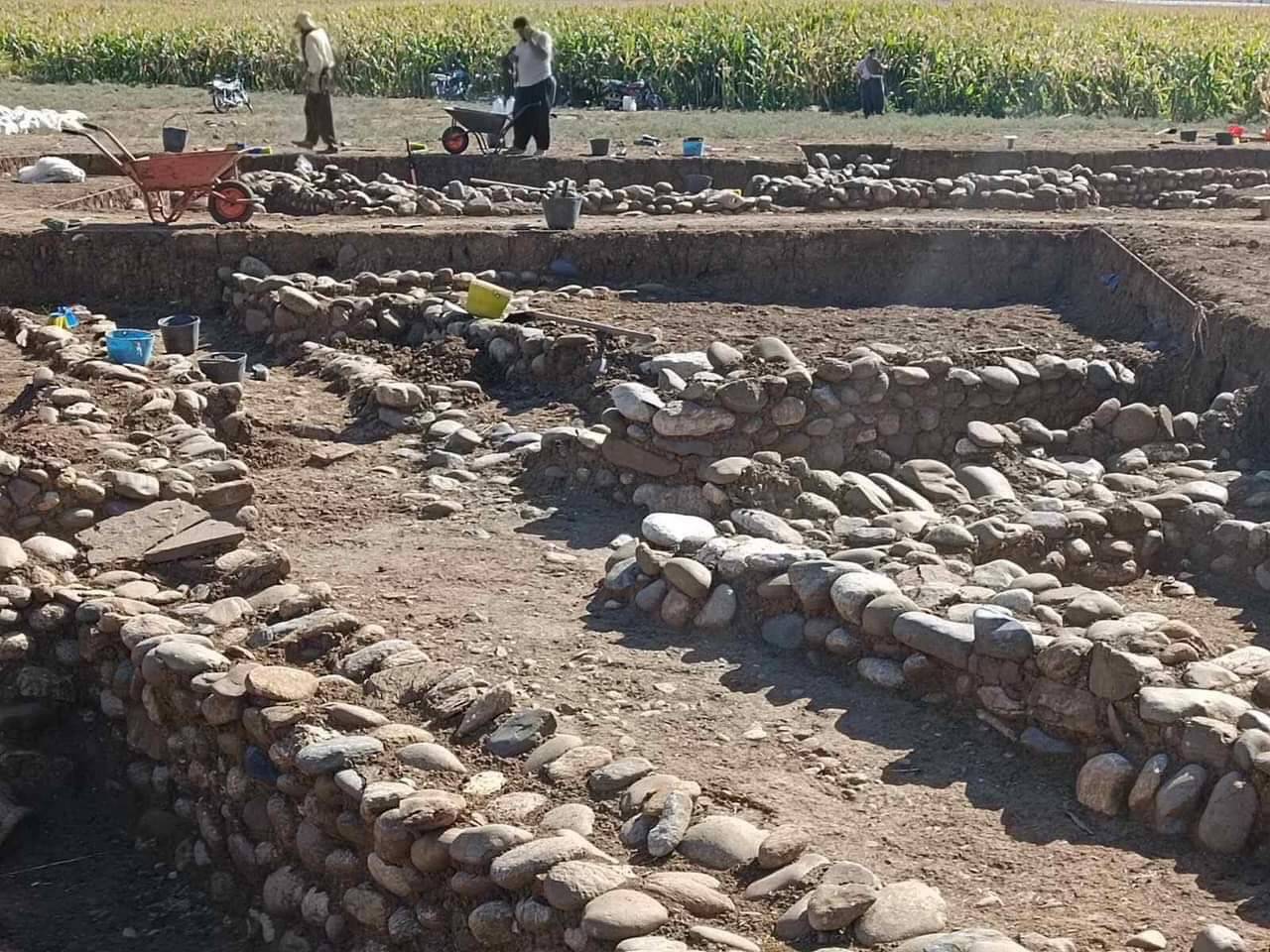Some maps and data of archaeological sites in Slemani province

Some maps and data of archaeological sites in Slemani province

The site of Gird-î Qalrakh is a small but steep settlement place in the North-eastern Shahrazor-Plain. It was excavated in three seasons (2016, 2017 and 2019), the fourth season 2023 has just started. The archaeological discovery will be carried out jointly by the Slemani Archaeological and Heritage Directorates, along with two universities (University of Erlangen and University of Frankfurt), in Gridi-Kazhaw and Qalrgh. It will continue for years.

About 5 km south of the district town of Qaladze, in the Peshdar Plain on the eastern bank of the Little Zab, lie the two archaeological sites of Qalat-i Dinka and Gird-i Bazar.

Some maps and data of archaeological sites in Slemani province